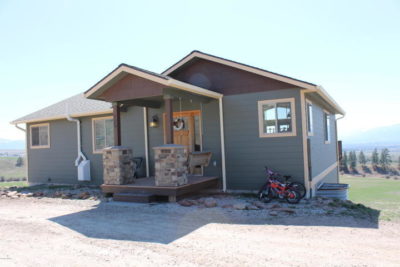Here in Montana, there are very few worries, that is a common reason for moving here I suppose. We have a slow-moving lifestyle that most people use as an escape from the hustle and bustle of big cities. However, Montana does have high levels of a dangerous gas known as radon. This gas can cause major health issues if not treated properly, but it is nothing to fear. Knowledge is power, and this is no exception. Radon Gas can easily be mitigated and made much less harmful.
What is Radon?
Radon gas is a naturally occurring radioactive gas that is emitted when uranium decays. Uranium is found in nearly all soils around the world but has higher concentrations in certain parts of the world. When this decay happens radon gas gets into the air we breath and the water we drink and can become concentrated in our homes, offices, and schools if not ventilated properly or filtered. You cannot see, smell, or taste this gas, so often people don’t even know it exists.
For more information visit: https://www.epa.gov/sites/production/files/2016-12/documents/2016_a_citizens_guide_to_radon.pdf
What Are The Health Effect of This Gas?
Radon is a cancer-causing radioactive gas. When radon is breathed in it gets trapped in our lungs and can remain there. Over time, radon in the lungs decays further releasing small bursts of energy causing inflammation that, if severe enough, can cause cancer.
How Do You Know If Your Home Contains it?
To find this gas, you must test for it! I work alongside some wonderful home inspectors (Contact me here) who can set up a test kit in your home. Testing is inexpensive and easy.
What Do You Do If Your Home Has High Levels?
Anything over 4 picocuries per liter (pCi/L) is considered unhealthy and should be mitigated. Mitigation is extremely common and efficient, and in most cases is very affordable. It is best to contact a mitigation specialist and receive a few different bids as prices vary.
All information comes from https://www.epa.gov/sites/production/files/2016-12/documents/2016_a_citizens_guide_to_radon.pdf

